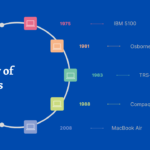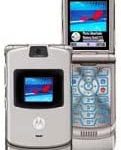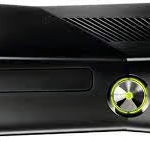Printers have become an essential part of both the professional and personal lives of many, enabling the swift production of physical documents from digital formats. This article explores the fascinating journey of printers from their inception to modern advancements.
Timeline of Printers
-
1440Mechanical movable type printing pressThe origins of printing technology trace back to Johannes Gutenberg’s invention of the mechanical movable type printing press. While not a “printer” in the modern sense, this innovation laid the groundwork for automated text reproduction.
-
1860sTypewriterThe development of the typewriter pioneered by Christopher Latham Sholes, which later influenced the design of early printers, allowing for the mechanical transfer of ink to paper.
-
1925First electromechanical printersThe first electromechanical printers were developed, resembling large typewriters but capable of automated printing.
-
1953First high-speed printerThe first high-speed printer was designed by Remington-Rand for use with the Univac computer, marking the beginning of computer-based printing.
-
1968Dot matrix printerThe introduction of the dot matrix printer by Centronics, which used a grid of tiny pins to impact an ink ribbon and create characters on paper. This type was popular for its durability and ability to produce carbon copies.
-
1971First laser printerXerox introduced the first laser printer, called EARS (Ethernet, Alto, Research character generator, Scanned laser output terminal), which used a laser beam to produce an image on a drum, coated with toner, and then transferred to paper.
-
1977Inkjet printerThe inkjet printer, developed by Siemens, used a series of nozzles to spray tiny droplets of ink directly onto paper. This method offered quieter operation and the ability to produce photographic-quality images.
-
19843D printingThe invention of 3D printing by Chuck Hull, who introduced the stereolithography technique, marked a significant shift in printing technology. This process involves layer-by-layer creation of three-dimensional objects from a digital file, using a variety of materials.
-
2000sAdvancements in printer connectivityAdvancements in printer connectivity, with features such as wireless printing and network printing becoming standard, allowing users to print from multiple devices without physical connections.
-
TodayModern printer technologiesPrinters continue to evolve with the integration of new technologies such as cloud-based printing and eco-friendly innovations aimed at reducing waste and energy consumption.





